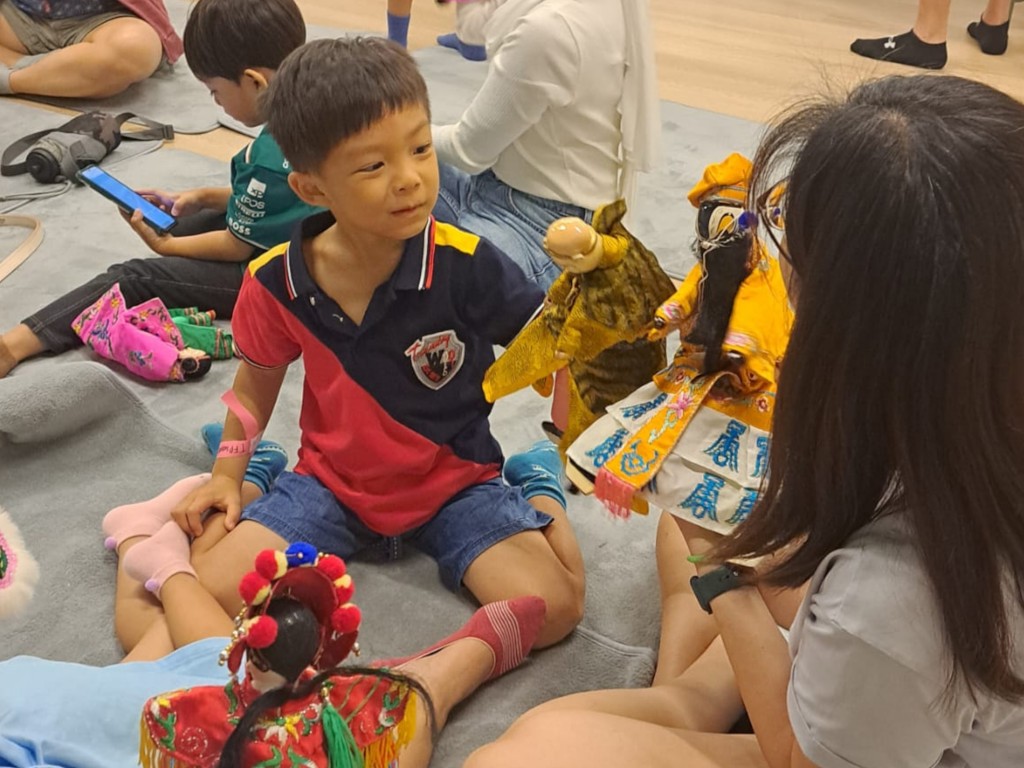SingaporeMotherhood | Family Fun
January 2025
Reinventing 3 CNY Traditions for Our Kids
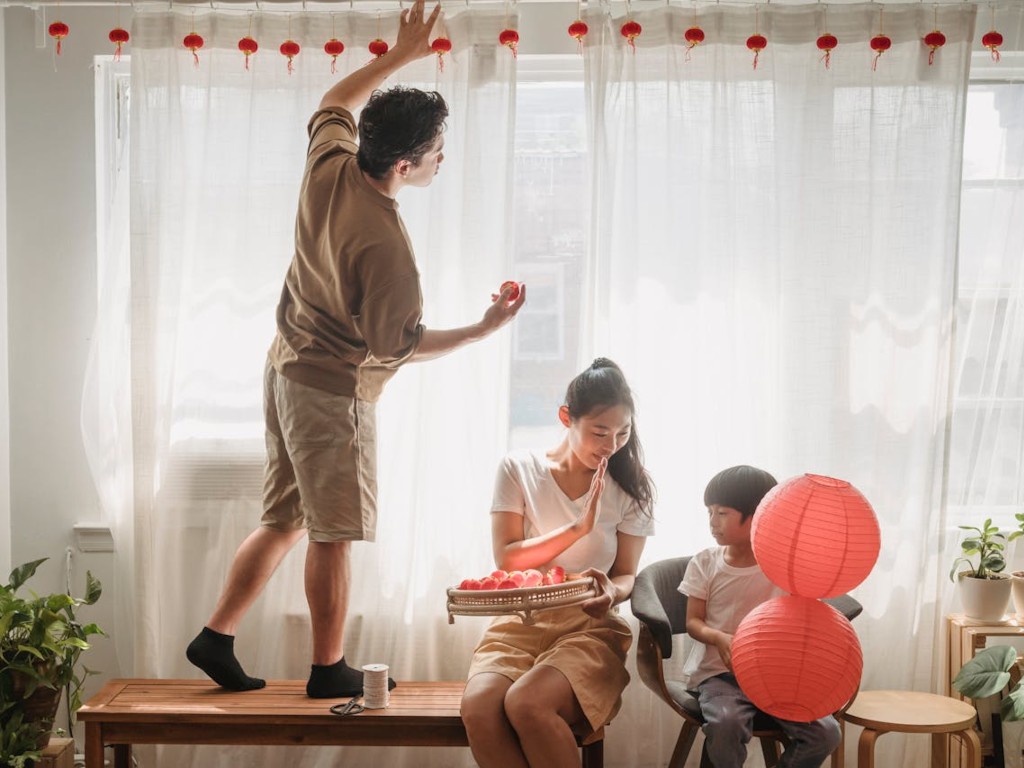
“What does Chinese New Year mean to you?” I asked my horde. “Money,” my teenager candidly replied. Then my eldest surprised me with her answer, “Family.” Their 10-year-old sister nodded in agreement, saying, “Going out and showing people you really care… even if you don’t feel like it.”
Following in this tune, the most newly minted teenager added, “Reuniting with distant relatives. I like the free goodies… and ang pows!” before drifting back into her dream space.
“I am happy because it means I have no school!” their 7-year-old brother piped up with a huge smile.
With a knowing glint, I beamed, because their raw answers provided a different perspective for me. It sparked ideas for how to add value to this (and every) Chinese New Year, ang pows aside.
(See also: CNY Ang Pow Giving Guide: How Much to Give to Friends’, Colleagues’ & Neighbours’ Kids)
CNY Traditions #1: Sprucing Up the Home
With five children and no helper, the kids would never give a ‘hooray’ for sprucing up the house. So, I spread decluttering and cleaning across the weekends leading up to Chinese New Year. There are three steps to this CNY tradition.
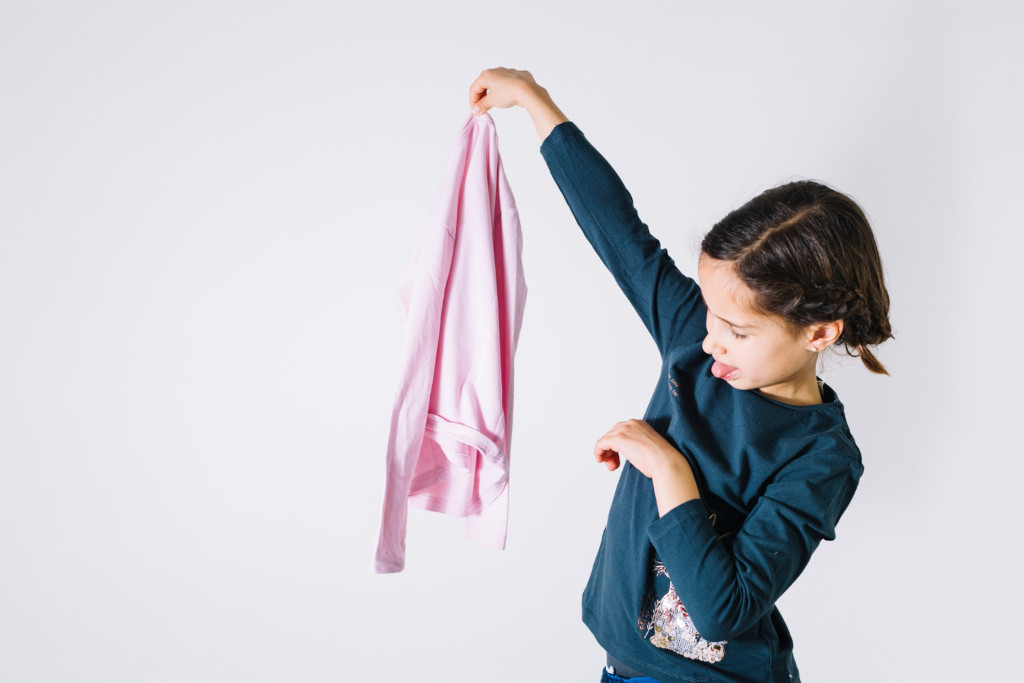
A. De-Cluttering
Each person gets to choose an area they are responsible for decluttering. Each gets an empty plastic bag to fill up because it’s a New Year and we only want good things. Anything that is broken, spoiled, unused, or ugly is clutter, which gets thrown out!
But remember: DE-cluttering is the removal of clutter. Don’t confuse it with RE-cluttering — which is moving the mess to another part of the house!
Clutter goes either to the bin or to charity. Or, if you start this earlier, you can list it on Carousell and find it a new home! Of course, the kids get to keep the money from any sale — even if it’s to their classmates.
B. Creating
With clutter out of the way, the fun can begin!
Ownership means each child gets to demarcate a particular section of the house and imagine how they’d like it to look. Creating a ‘cosy space’ could be as simple as a reading corner with a bookshelf and beanbag.
Brainstorming over dinner creates a sense of excitement because everyone is involved in this mini project. How each would like to redesign (a part of) their room, remove or add something to reflect their interests, values, or creativity.
Knowing that the entire family will be spending time together, in separate parts of the house each working on their own area that weekend with music in the background is a bonding experience.
C. Contributing (household chores)
This is optional yet vital in empowering children. Even if you have a helper, involve the kids in learning to make simple household contributions.
Being responsible for specific areas does not mean they will meet our golden standards the first, second, or third time. It does, however, present opportunities for them to learn how to wash the toilet, mop the floor, use a vacuum cleaner, remove stains, and clean the windows.
Accomplishing these simple chores adds to their self-esteem because their achievements are clear to see.
(See also: Spring-cleaning Tips: 5 Easy Ways to Declutter & Organise for CNY)
CNY Traditions #2: Chinatown Experience
A visit to Chinatown was something I used to dread as a child. My mum would happily shop for pussy willow and various festive goodies while I sulked the entire time. I never understood why I had to squeeze with the sweaty crowd with loud Chinese music blaring, while trying not to lose sight of my family. What was the point?!
But today, as a mother, Engaged Education is what I consciously curate for children.
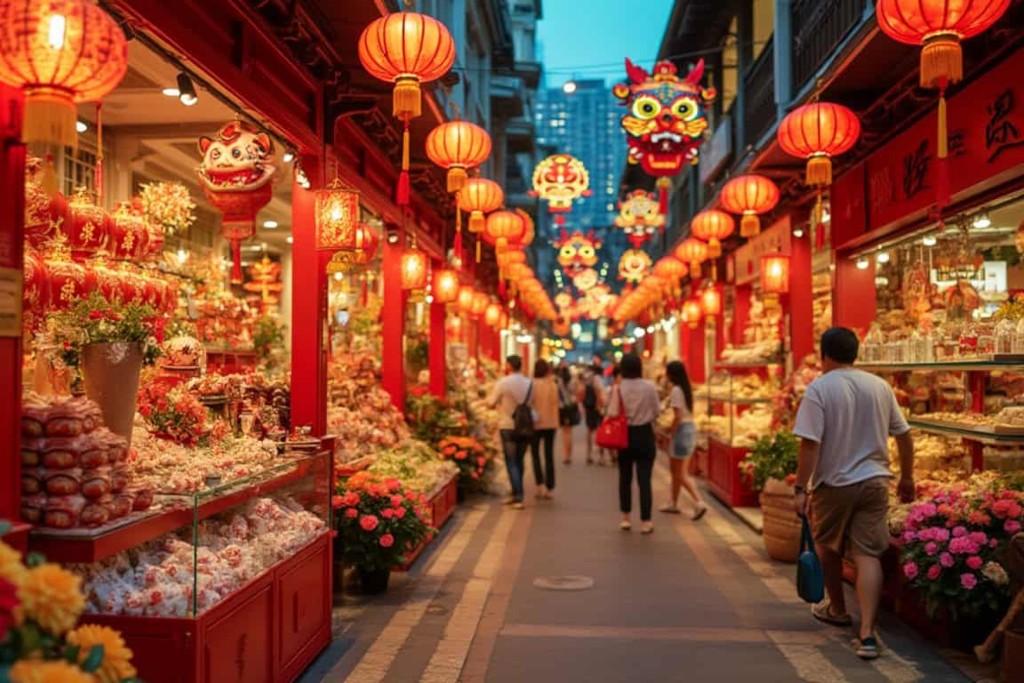
Engagement
With kids in tow, pick off-peak timings to provide space for conversations and each child to do their individual shopping.
Give each child a budget to get something festive for themselves. Whether an accessory, clothes, toy, or their favourite snack, children are so much more engaged when there is something they have a say over.
Instead of being passive followers, they transform into active leaders who get to co-create our Chinatown tradition. Together, the shared experience is so much better — than parents dragging unhappy kids around. That good mood translates into learning.
Education
Tradition is both caught and taught. Understanding comes when we contextualise symbols for them. For example, discussions on qipao can include the history, new modern designs, and whether we’ll be wearing the same colour. Or perhaps each is free to express their individuality!
Parents don’t need to have all the answers because when we Google together, everyone learns.
Have these research sessions over ice cream breaks or an air-conditioned meal because the cool temperature does wonders to keep everyone’s mood chill.
(See also: CNY 2025: 25 Must-have CNY Goodies for a Joyous & Delicious 蛇-lebration)
CNY Traditions #3: Visiting Elders
We used to squeeze 11 people in a car when I was a kid! I have no idea how we packed everyone in, but that remains a laughable and cherished memory.
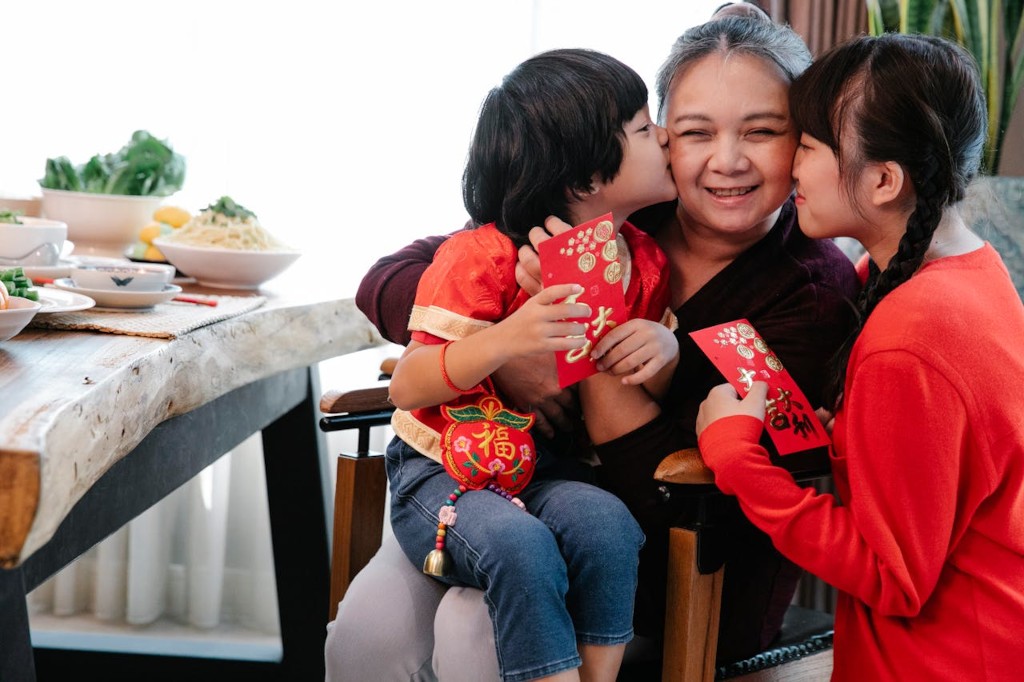
Engagement
Even when my children were younger, I would get them to find out just one new fact about different relatives. This ensures they avoid gorging on screen time during visitations and creates pro-active social interactions.
That could even look like them initiating card games or a trip to the playground with others their age. The point is for them to practise social skills in these extended family settings.
Education
The truth is we only see these relatives once a year. It would be easy to stop visiting the elders, especially when they live on the other end of the island. Yet, these faithful visits are filled with stories of who these elders are, so children learn the importance of staying connected to their roots.
They observe the yearly visits and connect with their elderly relatives who have so much wisdom to offer. It is such a joy to bring different generations together because positive inter-generational dynamics are so powerful and therapeutic.
(See also: Will Chinese New Year Traditions End With My Generation?)
CNY Traditions Can Evolve Too!
So sprucing up the home, a Chinatown experience, and visiting extended family are three CNY traditions that we have come to enjoy every year.
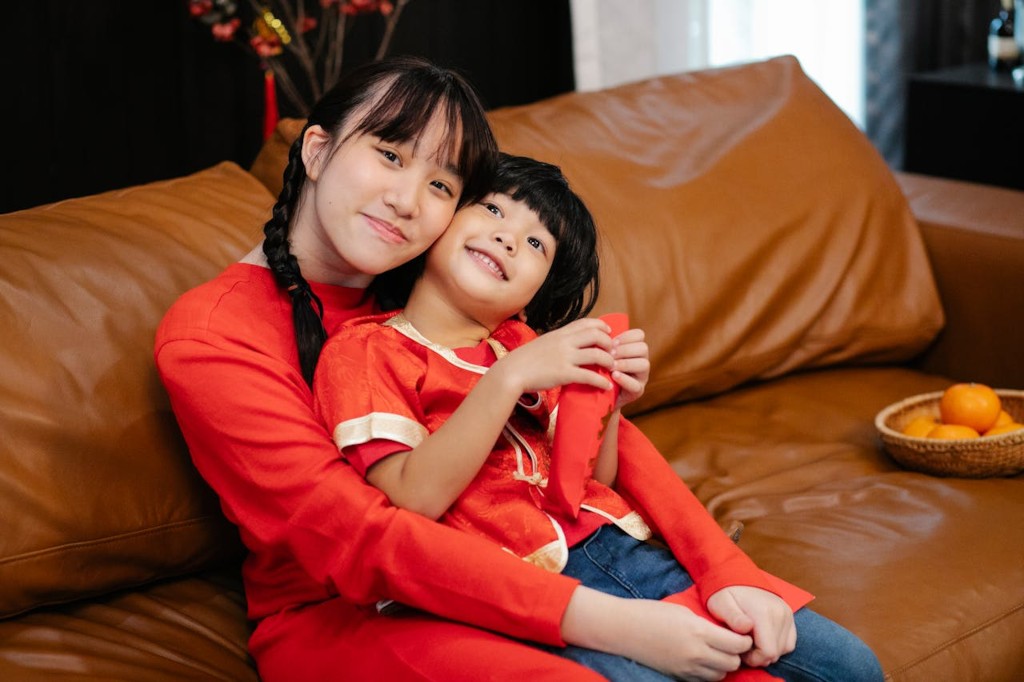
Of course, as children grow, we can adapt such traditions to suit. For example, all four of my girls used to wear the same qipao. That changed when my oldest began frowning at her lack of freedom to express her teenage individuality.
I struggled for two years before finally allowing her to wear something that did not match the family. Since then, I have come to realise that we keep traditions alive in our hearts and through understanding of their meanings, not merely in complying with the outward routine of it.
True cultural appreciation embraces the freedom to reinvent tradition. Because it is only when you truly understand the essence of something that you find your unique expression of it.
Beyond following the same routines, what is one family tradition you can invent anew this Chinese New Year? Have fun expressing your family’s unique CNY traditions!
(See also: CNY 2025: 9 Places to Find CNY Twinning Qipao, Cheongsams, and Mandarin Collar Shirts)
Featured image: Kevin Malik
All content from this article, including images, cannot be reproduced without credits or written permission from SingaporeMotherhood.
Follow us on Facebook, Instagram, and Telegram for the latest article and promotion updates.





